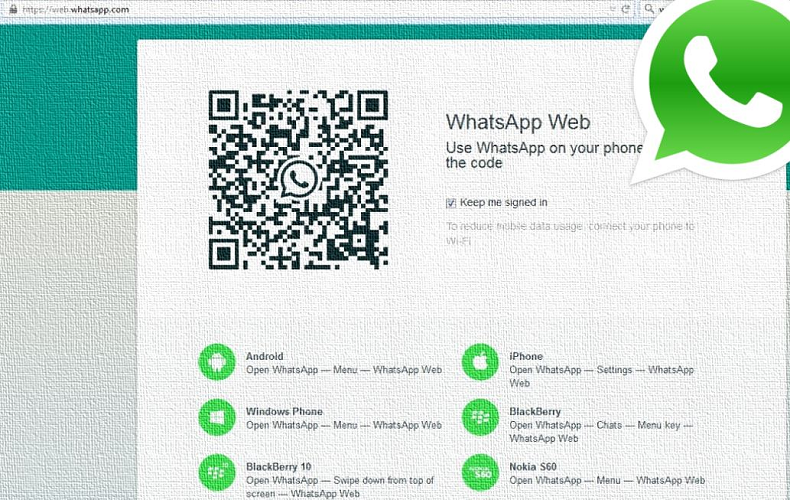In a world full of internet-connected devices, the idea of being able to use WhatsApp Web without having an internet connection on your phone is nearly impossible. Sometimes we are at a point where our mobile data is non-existent, and even worst cell service is nowhere near possible, and yet we have a laptop which has great Wi-Fi connections on the inside, wondering: can I still receive my messages on my laptop? The short and sweet answer to that is no, because you cannot get a new WhatsApp web login without an active internet connection on your phone. So let’s go deeper into the reasons and how this actually works.
How WhatsApp Web Actually Works
To understand the limitation, it’s important to understand what WhatsApp Web actually does. So, apart from a little bit of technical information, there’s no contact from WhatsApp servers to your browser: It’s essentially simply a mirror of the camera of your smartphone. When you scan the QR code when you first login to Masuk WhatsApp Web, that’s really all that’s done essentially creating a secure encrypted link between your phone (the actual device where your encryption keys are stored) and your browser session. The phone remains the command center; it’s the only device that knows your encryption keys and is in charge of verifying your account and of synchronizing all messages on your account. The web client is merely a remotely connected terminal that displays what’s on your phone and sends your commands back to it.
The Critical Role of Your Phone’s Internet
This design means your phone is much more than just a temporary password; it’s also a permanent route. For any action you take on WhatsApp Web for example, sending a message or receiving a new chat your phone must drive the information through. Your phone receives the message from App’s servers (using your internet connection), then takes immediate action to relay the message to your WhatsApp Web session using its own persistent internet link. So, if your phone loses its data connection or Wi-Fi connection, this vital relay route is broken. The session to log into WhatsApp Web might not immediately disconnect, but it will be stale (no messages will be sent or any new information will be received until your phone reconnects).
The Myth of “Offline” Login
The hope for a real offline login is partly out of mistrust. Some users think that the QR code contains everything they need to simply use the browser: it will work as if they were disconnected. That is a security risk WhatsApp deliberately avoids. The QR code is a one-time token, not a permanent key. Your phone’s internet is required during the initial WhatsApp web login to authenticate this token with WhatsApp’s servers, proving that your physical device authorizes the new session. Without this authentication step, the login cannot be completed, preventing unauthorized access to your account.
What About an Existing Session?
There’s a little nuance here but no change to the general rule that it’s completely fine if you have already successfully got through the WhatsApp web login process, have a session afloat in your computer, and then before your phone’s internet drops you might still be able to see your current chat history on the browser for a little while, but you aren’t going to be able to send/receive any new messages. Any message you try to send will just float on the screen, stuck with a clock icon in it, waiting for the phone to come online again to relay it to the servers. The session is frozen now.
Why WhatsApp Designed It This Way
This so-called restrictive design is really quite simple in the sense that by binding the web experience to the phone, WhatsApp basically ensures that:
- Your Messages are Safe: Your private keys never leave your mobile device.
- You are in charge: If you log out on your phone, it instantly logs out all of your existing WhatsApp Web sessions in your account.
- It ’s syncedized: so there ’s no risk of duplicate messages or out of sync chats as there ’s just one source of truth your phone.
Are There Any Workarounds?
Technically this means that if your phone has no mobile data but can connect to a Wi-Fi network you can use that for the initial login to the WhatsApp web interface (and for all current use) and also if your laptop can share its internet connection (because it can create a hotspot) with your phone you can use your phone’s Wi-Fi to tether to the internet on your laptop and generate a loop that meets the requirement (but technically this still means your phone has an active internet connection it is simply being provided by your computer).
Conclusion
To conclude, though it would be nice it would be because the whole architecture of whatsapp is built around your smartphone being the hub, and as such, a new chat login without your phone having internet is impossible and an existing session becomes useless without it. This architecture is both somewhat inconvenient at times and an integral part of the app’s commitment to security and reliability.

